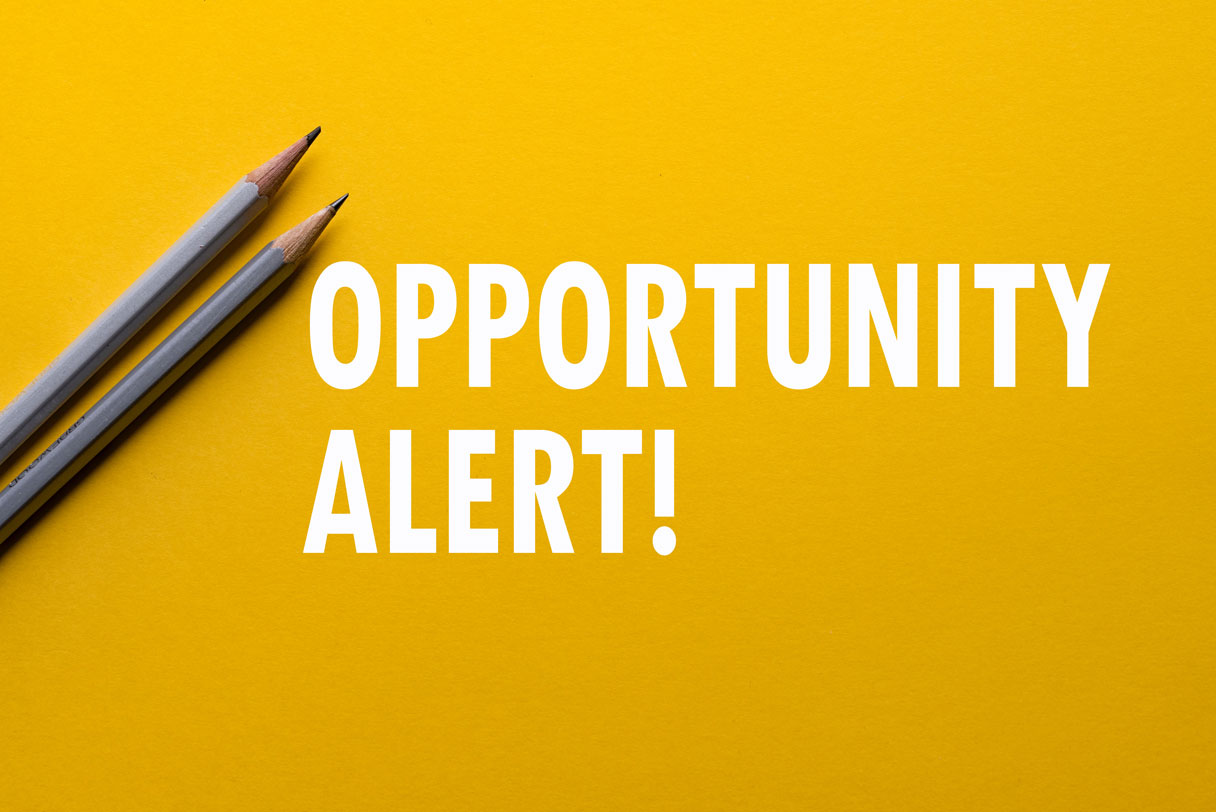Klarna: a canary in the American debt coal mine
Never heard of Klarna? That’s only because they haven’t quite made it to the southernmost tip of Africa yet. I only really know about them because my social media feeds have recently been flooded with memes of Jenga towers built out of burritos. Obviously, I needed to know what that was about. When I dug a little deeper into this tempting rabbithole, I discovered that a company I had never heard of before was suffering massive losses because they were making it easier for consumers to finance their takeaway orders. Colour me intrigued.

Klarna is the Swedish fintech that turned checkout into a check-you-later. At the core of their model is something called “buy now, pay later” (BNPL). If you’ve ever used PayJustNow in South Africa, then you’ve had a taste of what this is. It’s essentially a payment option that lets shoppers walk away with the goods today and settle the bill in bite-sized, interest-free instalments, spaced a few weeks apart. Or, if they prefer, they can pay the full amount within 30 days. For bigger purchases, Klarna offers longer-term financing through its banking partner, WebBank.
It sounds like a credit card, but it isn’t. In fact, Klarna proudly positions itself as the antidote to them, calling itself “the global leader in the generational shift away from credit cards.” This is another way of saying: debt, but with better UX.
Founded in Stockholm in 2005, Klarna quickly became a national fixture in its local market. In 2024, Swedish consumers claimed to have used Klara to fund an online purchase in the last year. Buoyed by hometown success, Klarna set its sights on conquering a new market – one where consumers were under pressure, debts were stacking up, inflation was running rampant and paychecks weren’t stretching quite as far as they needed to. The perfect environment for a business that makes money out of people going into debt.
South Africa? No, actually. The United States of America.
Klarna touched down in the United States in 2015, setting its sights on a market ten times the size of Sweden’s and infinitely more addicted to shopping. It got off to a flying start by landing a coveted partnership with Macy’s and promptly made the US its top priority for growth. Back home, Swedish officials beamed with pride and exchanged congratulatory handshakes. That same year, the country’s Minister of Enterprise dubbed Klarna one of the nation’s “five unicorns” – shorthand for startups that had made it big on the global stage.
But the fairytale couldn’t last. In 2021, Klarna’s valuation hit a sky-high based on a funding round in the frothiest of markets. By July 2022, it had plunged 85% to $6.7 billion after raising $800 million in a subsequent (and far more brutal) funding round that mirrored the tech sector’s broader reckoning. Klarna posted a in the first half of that year and later laid off about 100 staff members to stem the bleeding.
Still, the company kept one eye on Wall Street. Klarna had been preparing to go public in the US, eyeing a in April 2025; about one-third of its pandemic-era peak. But that debut was put on ice amid fresh uncertainty: a trade war between the US, Canada, and Mexico, not to mention some uncomfortable math around rising defaults.
By the first quarter of 2025, Klarna’s user base and revenues were still climbing, but so were its losses. Net losses doubled year-over-year, and consumer credit losses to $136 million. More people were signing up (and racking up debt), but fewer people were making their repayments. The American dream wasn’t quite panning out as expected.
Not for Klarna, anyway.
Across the board, BNPL borrowers are slipping behind on their obligations in the United States. According to , 41% of BNPL users admitted to making late payments in the past year. That number is up from 34% the year before. The more worrying statistic – and the one that really gives you an insight into what’s happening to the average American consumer – is that over 25% said they’d used BNPL to buy groceries. That’s not a typo. People are financing apples and cereal. Two years ago, the percentage of people doing that was just 14%.
So it’s not just a Klarna problem, it’s a symptom of a stretched consumer. In this proverbial coal mine, Klarna is the woozy-looking canary. US household debt in Q1 to an all-time high of $18.2 trillion, according to the New York Fed. Credit card balances and auto loan debt dipped slightly (post-holiday normalcy) but student loan delinquencies exploded from under 1% to nearly 8%, as the Trump administration ramped up enforcement on federal borrowers.
Klarna may not have foreseen this challenging environment, but their strategy didn’t really help them much either. First, they booted Affirm from Walmart to become the retail giant’s BNPL provider of choice, and then they teamed up with DoorDash. If I were to draw a South African parallel, you would have to imagine Checkers and Mr Delivery allowing people to finance their groceries and takeaways through PayJustNow. The problem becomes obvious when the repayment isn’t made. How does a company plan to repossess a $15 pizza that was financed last month?
What also doesn’t help is the fact that Klarna doesn’t set a minimum credit score to qualify for its finance products. There also isn’t a predetermined credit limit per customer. According to the FAQs on their website, they may look at a new customer’s credit report as a whole before making a decision, but since there is no minimum qualifying score to get in, there’s a chance that more than a few uncreditworthy spenders are getting access to financing.
The idea that fast food now comes with a repayment plan might sound like a punchline, but it’s actually a major red flag. When short-term credit becomes essential for life’s smallest purchases, you’re not looking at innovation – you’re looking at distress.
Klarna’s troubles are a reflection of a much larger, more systemic issue: the softening, stretching, and slow unraveling of the American middle class. On paper, the US economy looks relatively solid. Unemployment is low. The stock market is hitting new highs. Tech companies are racing to build the AI future. But look closer and the cracks are everywhere. Household finances are buckling under the triple punch of inflation, rising interest rates, and the long-dreaded return of student loan payments. Meanwhile, wages have stagnated in real terms, while the cost of simply staying afloat – rent, healthcare, education, childcare – has soared.
In the middle of this squeeze, Klarna steps in with what sounds like a lifeline: “Buy now, pay later.” No interest. No stress. Just four easy instalments. But what feels like flexibility in the short term is often fragility in disguise. BNPL has become a fallback for people who can’t afford the basics in the moment.
How does all this affect us down here in sunny South Africa?
Not directly, thankfully. Klarna doesn’t have a footprint here (yet), and our BNPL market is still nascent. But the story matters – not because we’ll share the fallout, but because we can learn from it. Klarna’s trajectory is a reminder that consumer debt, when unchecked and increasingly desperate, is one of the clearest indicators of a country’s financial pulse.
If you want to measure the economic health of a nation, don’t just look at GDP or tech IPOs. Ask a simpler question: how many people need to borrow money to buy their lunch today?
And if you think the South African Budget Speech was a circus, then I hope you’ve been paying attention to DOGE and the One Big Beautiful Bill in the United States – and of course the subsequent fallout between Trump and Musk. All is not well there.

is the founder of , where she uses her love of storytelling and ideation to help brands solve problems.
She is a weekly columnist in Ghost Mail and collaborates with The Finance Ghost on Ghost Mail Weekender, a Sunday publication designed to help you be more interesting. She now also writes a regular column for Daily Maverick.
Dominique can be












